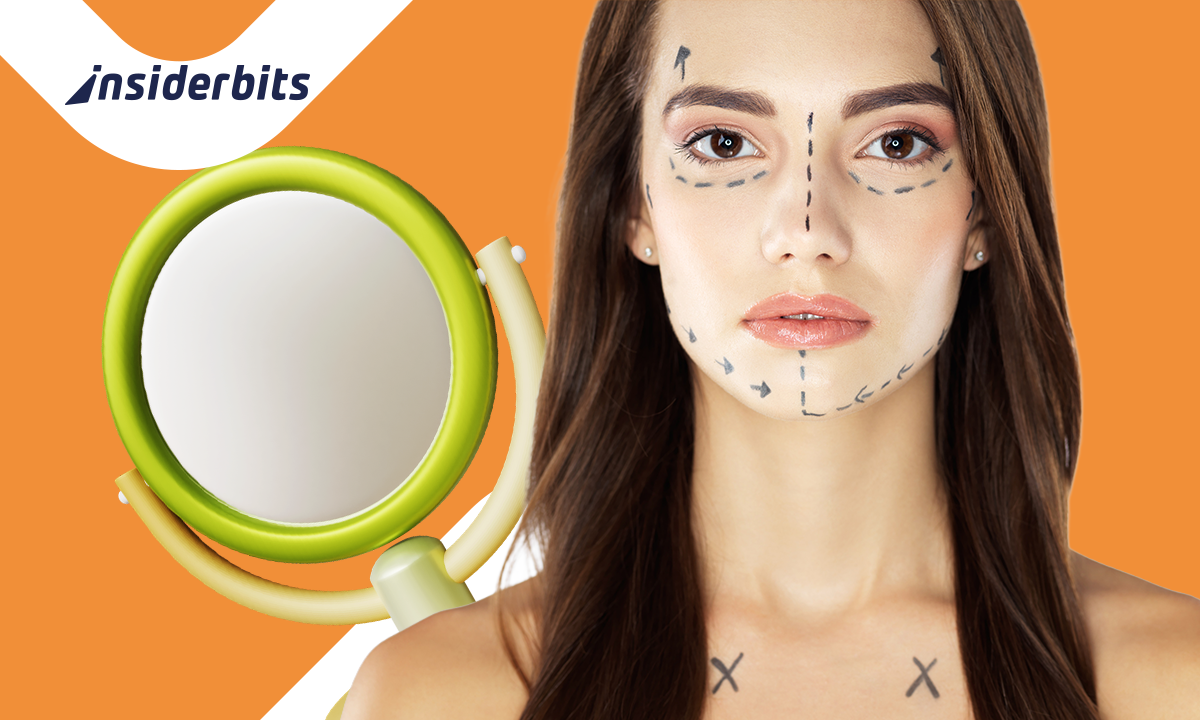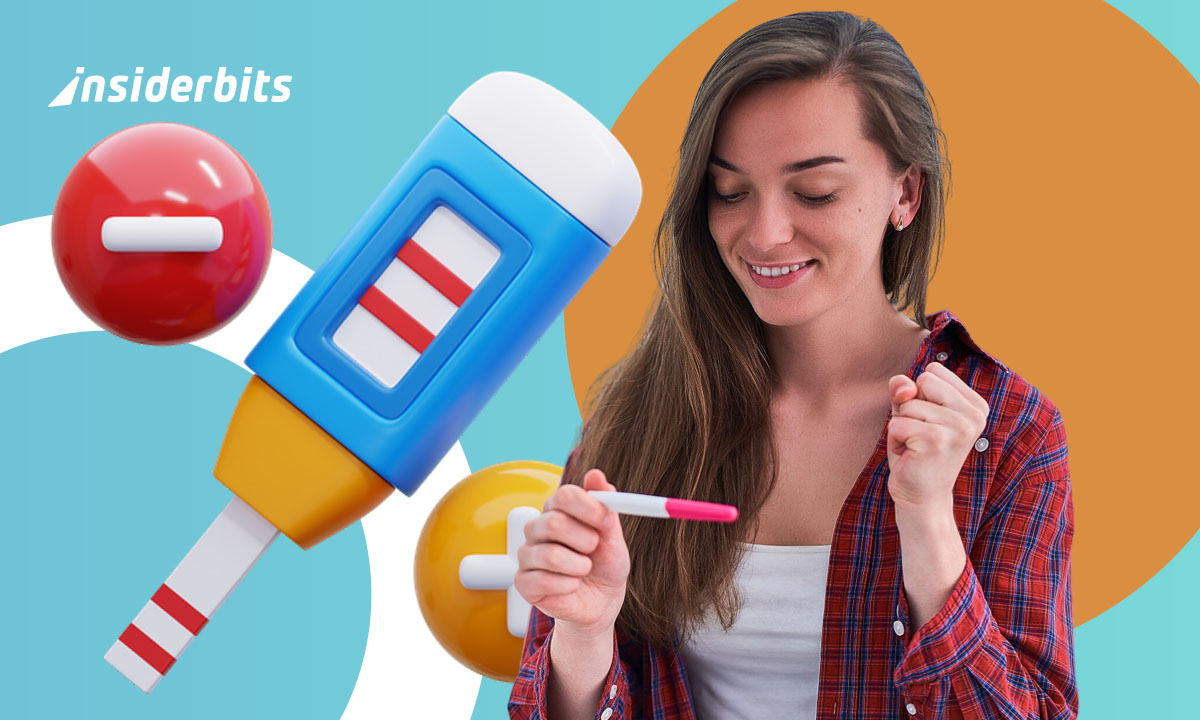Gen Z isn’t just following trends anymore. They’re dissecting, analyzing, and optimizing every detail of their appearance. That’s where looksmaxing quietly enters the picture.
It’s not just skincare or style tips. This trend spans filters, facial analysis, surgeries, and Reddit routines—sparking big conversations around beauty, self-worth, and social pressure.
This guide by Insiderbits brings clarity without judgment. If looksmaxing has caught your eye or concern, keep reading to uncover what really shapes this powerful online movement.
Related: How to Use AI to Generate Free Professional Headshots
What Is the Looksmaxing Trend and Why It Matters
Beauty trends are changing fast. What used to be about simple grooming now involves guides, metrics, and strategies built around optimizing every facial and physical detail.
The difference today is intensity. Young people aren’t just following trends for fun. They’re chasing precision, approval, and perfection. That’s how looksmaxing quietly gained traction.
Looksmaxing vs. Glow-Up Culture: What’s the Difference?
Glow-ups are often spontaneous and rooted in self-expression. They reflect moments of confidence sparked by change rather than a strict plan or long-term aesthetic goal.
The glow-up mindset celebrates progress through visual milestones. It embraces imperfection, where transformation is more about emotional shifts than meeting predefined standards.
By contrast, looksmaxing promotes transformation with calculated improvements. The focus moves from self-celebration to optimization driven by appearance-based benchmarks.
The Role of “Improvement” in Gen Z Aesthetics
There’s a rising expectation that personal change should be instantly noticeable. It’s not just about feeling good—it’s about creating results that others can see and react to.
This leads to everything from skincare routines to strategic posing, from dental enhancements to lighting tricks. The goal is visibility, and visibility often brings approval.
What’s behind this fixation? Platforms like TikTok reward appearance-based content. In this environment, looksmaxing becomes a strategy for recognition and social currency.
Why Gen Z Doesn’t Just Want to Look Good—They Want to Optimize
Looking good no longer feels like enough in a space where comparison never stops. Social media turns beauty into performance, where standing out means refining every visible detail.
The vocabulary has changed. Instead of tips or trends, beauty conversations now revolve around terms like symmetry, ratio, and facial balance—turning style into structure.
This mindset reflects the digital environment Gen Z was raised in. When everything is tracked, rated, and shared, looksmaxing naturally enters the conversation around appearance.
How TikTok and Reddit Popularized Appearance Optimization
Short videos, catchy sounds, and transformation filters turned TikTok into a beauty lab. Users began showcasing routines, hacks, and facial changes with astonishing frequency.
What started as innocent content soon evolved. TikTokers rated faces, and discussed ideal proportions with viral flair. That’s where terms like facial harmony and looksmaxing surfaced.
Reddit (Android | iOS | Web) followed a different path. Niche forums built communities focused on appearance analysis, often turning insecurity into collective strategy and obsession.
From Forums to FYPs: The Journey of a Term
Reddit threads dissected beauty like an equation. Advice came with diagrams, ratios, and image grids. The tone was intense but methodical—this was optimization, not casual commentary.
TikTok softened that intensity, but not the message. It brought the same concepts to wider audiences through video edits, filters, and captions designed to look effortless yet precise.
How Algorithms Amplify Insecurities in the Name of Engagement
Content focused on physical improvement often gets higher engagement. TikTok’s algorithm learns that insecurity sells, pushing more videos that reinforce beauty standards.
Users might start with style tips and soon find themselves watching surgical consultations or facial analysis guides. That’s how algorithms quietly guide viewers into looksmaxing territory.
Key Influencers and Hashtags Driving the Trend
Some creators gained massive traction sharing “face improvement” routines. They document every step, from skincare to bone structure tips, treating beauty like a long-term project.
Popular hashtags like #FacialSymmetry, #Mewing, and #AttractivenessTips pushed these videos into millions of feeds. Optimization content became not only normal but aspirational.
Related: Flashback Fashion: How 2000s Trends Are Taking Over Again
From Grooming to Surgery: A Trend Spectrum
Appearance trends today no longer sit in a single lane. They stretch from basic grooming habits to surgical enhancements, each step treated like an upgrade.
What used to be separate worlds—skincare, gym routines, and cosmetic interventions—are now grouped under one goal, which reflects the philosophy behind looksmaxing.
The “Natural Maxing” Movement: Skincare, Fitness, and Lifestyle
Some Gen Z users embrace “natural maxing”, where beauty is built through discipline. Clean diets, daily workouts, and consistent sleep become the new self-care rituals.
Skincare routines also fall into this space. From retinol to SPF layering, these steps aren’t just for glow anymore, they’re treated as tools for long-term facial structure.
Haircare, posture, and water intake all count. Every tiny habit is seen as an opportunity to influence how the face or body presents itself over time.
Cosmetic Procedures and the New Normal
More teens now view aesthetic procedures like fillers or nose jobs as regular milestones. Content normalizes them through vlogs, updates, and before-and-after documentation.
Non-invasive options like botox and jawline contouring are especially popular. They’re framed as quick solutions, inserted into broader conversations around appearance improvement.
These cosmetic shifts aren’t always extreme. But when stacked alongside grooming and lifestyle changes, they create the intense visual transformation associated with looksmaxing.
Dangerous Advice Circulating Online: What Experts Warn About
Not all tips shared online are safe. Some influencers push unproven methods, using pseudo-science or personal opinion without any medical basis or reliable research.
Experts warn that trends like bone smashing or extreme diets can lead to lasting damage. Virality doesn’t make a practice smart, safe, or remotely healthy.
The line between advice and misinformation is thin. In a space driven by aesthetics, users often prioritize fast results over safety and proper health guidance.
The Psychology Behind Gen Z’s Obsession with Beauty
In a culture where images speak louder than words, appearances become identity. Gen Z navigates a world where being visible is not enough and approval feels essential.
Teens scroll through curated faces and filtered bodies every day. Over time, those visuals shape standards. This creates a direct path toward looksmaxing and its metrics of aesthetic perfection.
As comparisons intensify, routines become more rigid. What starts as self-care quietly shifts into performance. Beauty becomes a benchmark, and validation feels tied to constant improvement.
Why Perfection Is the New Standard for Many Teens
Social media doesn’t reward authenticity like it rewards flawlessness. Gen Z understands this and adapts, treating beauty as a system to master, not express.
Perfection becomes the default goal. Clear skin, full lips, sharp angles, these traits aren’t just desired, they’re expected in every post, every selfie, every story shared.
Peer Pressure in Pixels: Beauty Comparison in the Digital Age
Comparison now happens constantly. A scroll through TikTok is enough to trigger doubt, especially when faces seem flawless and change feels just one edit away.
That’s how many teens get pulled into routines, products, or procedures without noticing the shift. These subtle pressures often point directly toward looksmaxing habits.
Mirror Anxiety, Dysmorphia, and Online Validation Loops
It’s common for teens to feel anxious when looking in the mirror. Filters create standards their natural reflections can’t match, feeding discontent silently.
Likes, shares, and comments reinforce this behavior. If one look gains more traction, users adjust again and again, trying to hold onto fleeting online validation.
Related: Social Media Trends in 2025: What to Expect?
How to Promote Healthy Self-Image in a Filtered World
Filters can be fun, but they also reshape expectations. Helping Gen Z separate digital beauty from reality is key to building emotional resilience early.
Encouraging reflection about self-worth and identity makes a difference. Honest conversations help teens question standards pushed by trends, and movements like looksmaxing online.
Red Flags: When Self-Improvement Turns Harmful
Changes that never feel enough signal trouble. If routines start replacing relationships or joy, it’s time to pause and ask where motivation is really coming from.
When improvements feel urgent, obsessive, or tied to online approval, self-care can quickly become self-criticism. Harm often hides behind the language of personal progress.
Digital Literacy as a Shield Against Aesthetic Extremes
Teens with strong digital literacy know when to question what they see. They can recognize filters, edits, and paid promotions before comparison takes hold.
Teaching how algorithms work creates power. Knowing that beauty content is boosted by engagement, not truth, helps prevent users from believing every perfect face they scroll past.
Building Confidence Beyond Looks: What Really Matters
Validation from within grows stronger than anything social media offers. Skills, kindness, creativity, these build confidence that isn’t based on appearance or online reactions.
When real achievements become the focus, beauty loses its grip. This shift is what keeps teens grounded even when looksmaxing trends dominate their digital spaces.
Stop Chasing Symmetry and Start Choosing Truth
Looks matter, but they shouldn’t define everything. Trends will pass, but confidence built on kindness, curiosity, and personal style leaves a longer-lasting impression every time.
Insiderbits put the spotlight on looksmaxing to spark deeper thinking, not just scrolling. Behind every filter is a person who deserves honesty, balance, and better conversations.
Craving more content that questions what really shapes us? Keep exploring. Insiderbits has plenty more where that came from, and it only gets more interesting from here.





